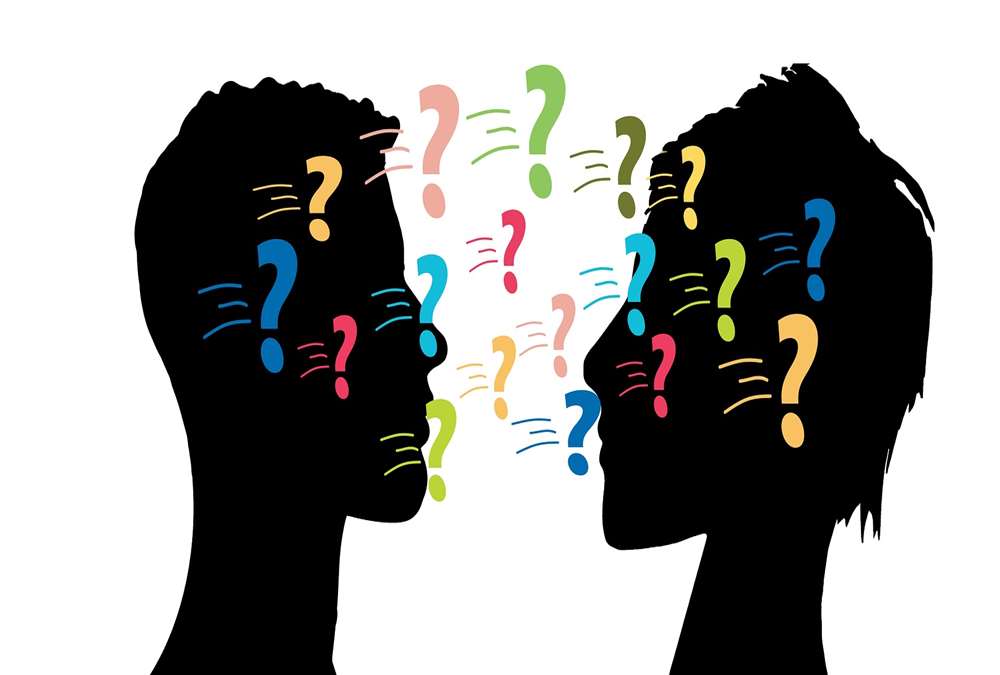- Home
- Business Processes
- Industry Knowledge
- Aerospace Industry
- Automotive Industry
- Banking Domain
- BFSI Industry
- Consumer/ FMCG Industry
- Chemicals Industry
- Engineering & Construction
- Energy Industry
- Education Domain
- Finance Domain
- Hospitality Domain
- Healthcare Industry
- Insurance Domain
- Retail Industry
- Travel and Tourism Domain
- Telecom Industry
- Leadership Skills
- eLearning
- Home
- Leadership Skills
- Communication Skills
- Guide to Receptive Listening
Guide to Receptive Listening
Listening is the foundation for good communication. It is also the hardest skill to master. Do you listen to confirm what you already know, or do you listen to explore and learn new things? How can we create receptive communication as a listener? The real art of listening involves awareness and sensitivity to the feelings of the speaker because it is at the feeling level that genuine connection, relationship, and healing occurs.
Listening involves staying focused on the speaker even if you do not like or agree with what they are saying. Effective listening also involves hearing their message and feelings of the message without formulating a response.
Is Listening Passive Activity?
Listening is often mistakenly viewed as a passive activity—the speaker talks and the listener listens. The speaker is active and verbal, and the listener is passive and silent. When the speaker finishes talking, the assumption is that the message has been accurately received by the listener, with no observable effort or participation on the listener’s part. But it’s not so simple. The assumption that the listener truly understands what the speaker has said is one of the most dangerous assumptions in communication.
Is Listening Important?
In our culture, talking is valued much more than listening. But listening is important. We cannot be successful without developing this skill. Studies show we spend 45 percent of our communication time in daily life listening, and only 30 percent speaking, 16 percent reading, and 9 percent writing. To make matters worse, studies also suggest that we remember only 25 percent of what we hear after two days. Listening is important and yet we don’t do it very well. Listening is a process that requires your active participation.
What is listening?
Listening is the process of receiving, attending, understanding, responding, and remembering. The first step in the listening process is receiving or hearing sounds from your environment. The second step is attending, which is paying attention to some of the sounds you receive and disregarding or filtering out the others. Understanding, the third step, involves comprehending the message. Responding, the fourth step includes asking questions or giving feedback to the speaker. The final step in the listening process is remembering what was said.
Types of Listening
Given below are various types of listening:
- Informative – listening for information
- Relationship- listening because it is someone you care about
- Appreciative – listening to certain people because of who they are, e.g. your manager
- Critical – listening so you can make a decision
- Discriminative – listening to the message and feelings within the message
Barriers to Listening Effectively
Highlighted below are some benefits of listening effectively:
- Achieve business goals
- Facilitate problem-solving
- Improve communication
- Improve relationships
- Avoid mistakes from misunderstandings
- Increase productivity
Common Issues with Listening
There are many different ways you can listen to another person and there is no one style of listening that creates or encourages effective, positive communication in every circumstance. The most obvious behavior that prevents effective listening is to refuse to listen to the other person. There are times when the listener attends and responds only to those subjects he is interested in and skips the rest. Listening is a difficult process. There are many barriers to listening that we experience and must contend with on a daily basis. The first barrier is the abundance of messages that bombard us every day. Preoccupation with self is the fourth barrier to listening. The final barrier to effective listening is that listening requires effort. Effective listening demands that we pay attention, process what is being said, and interact appropriately. Receptive listening ultimately requires that we put aside our ego, pay attention to what is being shared, ask questions to clarify the messages, and respond in ways that demonstrate understanding.
Effective Listening is Acceptance
The basis of all listening is an acceptance that is to be open to receive whatever the speaker is sharing with us. No receptive listening can occur without being open to the other person. Some of the barriers to effective listening discussed earlier prevent us from being receptive to what is being shared. To be truly accepted, you must be willing to put aside your thoughts, ideas, beliefs, and values for a few moments and receive what is being shared. To listen with acceptance requires that you abandon your preoccupation with yourself. Whenever a person speaks, someone else needs to listen for communication to occur. So your willingness to listen is a very important message. Don’t interrupt the speaker as he or she talks.
This article encourages participants to explore why people listen and to look at their own listening barriers that prevent them from fully listening. Participants also learn how to actively listen and to give appropriate responses. They are encouraged to use open and closed-ended questions in order to elicit more information or to confirm they understand what the speaker is saying.
Related Links
You May Also Like
-
Many people think communication is easy. It is said that communication can never be a hundred percent complete. Many factors are involved in the process of communication and something can always go wrong with one or more of these. It becomes difficult and complex when we put barriers in communication. Recognize barriers to interpersonal communication and examine specific strategies for overcoming those barriers.
-
Narrative leadership is interpreted as the leader who aspires to construct leadership by telling stories. Leadership is a task of persuasion, of winning people’s minds and hearts. Storytelling is thus inherently suited for the task of leadership. Learn about the narrative leadership style and how to use this style to inspire and motivate followers or to manage change.
-
Recognizing Stress & its Sources
As an individual, you almost certainly know what stress feels like. Stressors are events or situations to which people must adjust. Stressors may be physical or psychological in nature. The level of severity of stress is determined not merely by exposure but the intensity, duration, and frequency of stressors. The sources of stress are many. They arise from multiple areas both with the individual and from the environment.
-
In its simplest sense, decision-making is the act of choosing between two or more courses of action. Decision making is a key skill in the workplace and is particularly important if you want to be an effective leader. When decisions have to be made, there are several stages that you should go through to reach a practical solution. Understand the meaning and importance of decision making and how to look at it as a process.
-
Thinking & Problem Solving Skills
Today's dynamic business world demands that you make decisions that significantly boost productivity and drive competitive advantage. But how do you know whether a decision will benefit the organization? And how do you know that the decisions are based on rational and statistical reasoning? Explore how to become a dynamic problem solver with the skills to make accurate decisions.
-
In the field of communication studies, there are numerous models. No one model is suitable for all purposes and all levels of analysis. Some common models are known as Lasswell Model, George Gerbner Model, David Berlo Model, Shanon and Weaver Model, Osgoods Model, and Schramm Model. All these describe the four components of the communication process, namely, the source (communicator), the message, the channel, the receiver (audience).
-
Communication is defined as the process of meaningful interaction between two or more persons with a view to arriving at a common meaning and understanding. There are different types of communication and these are used on different occasions. In this section on communication skills, Technofunc will equip you with the skills most needed in today’s dynamic, demanding workplace.
-
Communication performs many functions, such as informing and generating awareness, educating, persuading, motivating, entertaining, etc. The functions of communication in an organization are to inform, persuade, and motivate. Employees need to have effective organizational communication in order to achieve excellent job performance. The communication between the top management and the employee needs to be effective for better work culture.
-
A manager or an employee in an organization who is experiencing a high level of stress may develop high blood pressure, ulcers, irritability, difficulty in making routine decisions, loss of appetite, accident proneness, and the like. These can be subsumed under three general categories, physiological, psychological, and behavioral symptoms. Stress can give rise to a number of changes.
-
The best career choices are ones that match your values. Each person has several values that are important to him. These values are highly personal and knowing them provides a clearer sense of what's most important to you in your life and career. Career values are the beliefs you consider important from a work standpoint. Values help you understand what you want from a job? Explore a few examples of work values that can influence career path and job satisfaction.
Explore Our Free Training Articles or
Sign Up to Start With Our eLearning Courses

About Us
Learning
© 2023 TechnoFunc, All Rights Reserved










